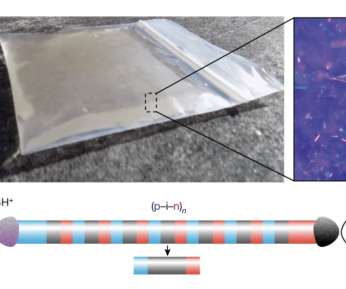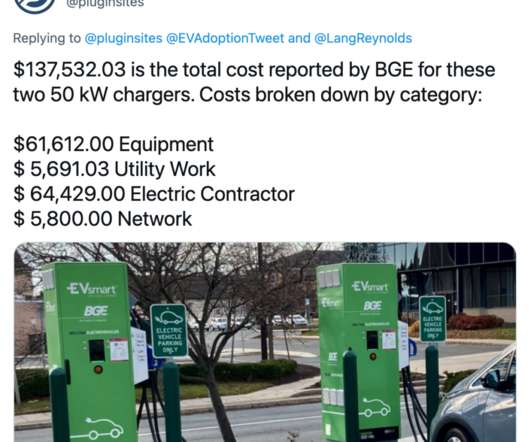NCSU team develops catalyst for thermal hybrid water-splitting and syngas generation with exceptional conversion; H2 gas and liquid fuels
Green Car Congress
JANUARY 19, 2015
Researchers at North Carolina State University have developed a highly effective new perovskite-promoted iron oxide redox catalyst for a hybrid solar-redox scheme they had proposed earlier for partial oxidation and water-splitting of methane. Schematic of the hybrid process for liquid fuel and hydrogen generation.























Let's personalize your content